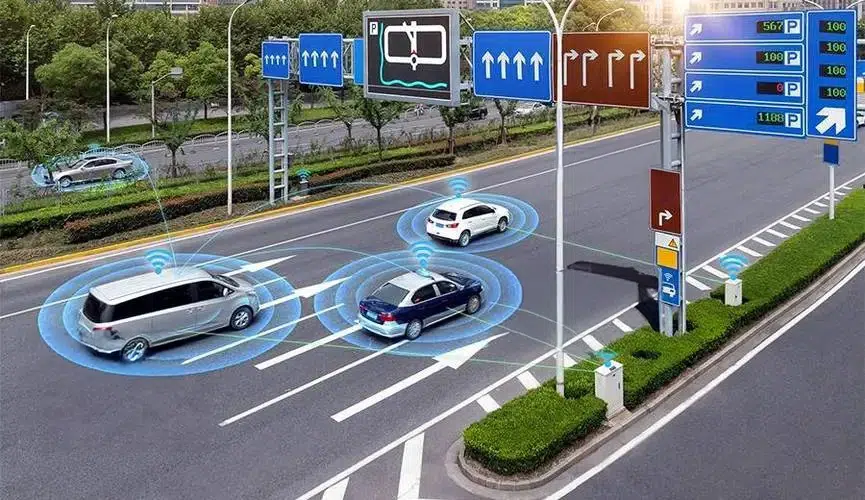As the automotive industry moves towards autonomous driving and interconnected transportation networks, electric vehicles (EVs) emerge as the ultimate solution. While petrol and hydrogen-powered vehicles have their merits, they face inherent limitations that hinder their ability to integrate into this technologically advanced future.
Energy Demands for Autonomous Driving
Autonomous vehicles require substantial computational power to process sensor data, make real-time decisions, and communicate with other vehicles and infrastructure. This necessitates a reliable and efficient energy source. Studies suggest that supporting a fully autonomous system requires approximately 2kW to 4kW of power—comparable to the consumption of 50 to 100 laptops.
Limitations of Petrol and Hydrogen Vehicles
Petrol-powered vehicles rely on internal combustion engines, which are not designed to provide continuous electrical power for extended periods. This limitation makes it difficult to support the high energy demands of autonomous systems. Similarly, hydrogen fuel cell vehicles, while generating electricity, are primarily optimised for propulsion rather than powering extensive onboard computational systems.
EVs: The Natural Choice for a Smart Future
In contrast, EVs are inherently equipped to meet the electrical demands of autonomous driving. Their large battery packs can efficiently power both vehicle propulsion and advanced computing systems. Autonomous driving features in EVs add approximately 1kWh per 100 kilometres driven—a manageable increase within the vehicle’s total energy capacity.
The Future of Connected Transport

The next stage of mobility envisions vehicles communicating with each other and with infrastructure to optimise traffic flow and improve safety. EVs, with their robust electrical systems, are best suited for the continuous data transmission required for such smart networks. This capability is crucial for realising the full potential of autonomous driving and intelligent city planning.
Policy and Sustainability Trends
Governments worldwide are pushing for lower emissions and sustainable transport solutions. EVs, producing zero tailpipe emissions, align with these policies. Meanwhile, petrol cars contribute to pollution, and hydrogen production is still largely dependent on fossil fuels, undermining its environmental benefits. These factors suggest that regulations may accelerate the phase-out of petrol and hydrogen vehicles in favour of EVs.
Conclusion
Considering the high energy demands of autonomous driving, the necessity for seamless communication in smart transportation networks, and the growing regulatory support for sustainable vehicles, EVs are the only choice for the future. While petrol and hydrogen vehicles may continue to evolve, their fundamental limitations suggest they will never be the mainstream option in a world driven by autonomy and interconnectivity.
